By Shahla Werner, Urban Forestry Council Chair and Plant Protection Section Chief for the Wisconsin Department of Agriculture, Trade, and Consumer Protection (DATCP)
 The purpose of the Wisconsin Urban Forestry Council is to advise the state forester, currently Heather Berklund, and the Wisconsin Department of Natural Resources (DNR) on the best ways to preserve, protect, expand and improve Wisconsin’s urban and community forest resources.
The purpose of the Wisconsin Urban Forestry Council is to advise the state forester, currently Heather Berklund, and the Wisconsin Department of Natural Resources (DNR) on the best ways to preserve, protect, expand and improve Wisconsin’s urban and community forest resources.
The 27 members, who serve after being approved by DNR Secretary Cole, hail from all over Wisconsin. They represent a wide array of stakeholders, including citizens; municipal and utility foresters; medical and higher education professionals; nursery staff; environmental groups; public works, planning and parks staff; landscape architects; the Wisconsin Arborist Association (WAA); the Urban Wood Network Wisconsin; the League of Wisconsin Municipalities; and partner agencies like the Wisconsin Department of Transportation and the Wisconsin Department of Agriculture, Trade and Consumer Protection.
Continue reading “Learn About Wisconsin’s Urban Forestry Council In New 2021 Biennial Report” →

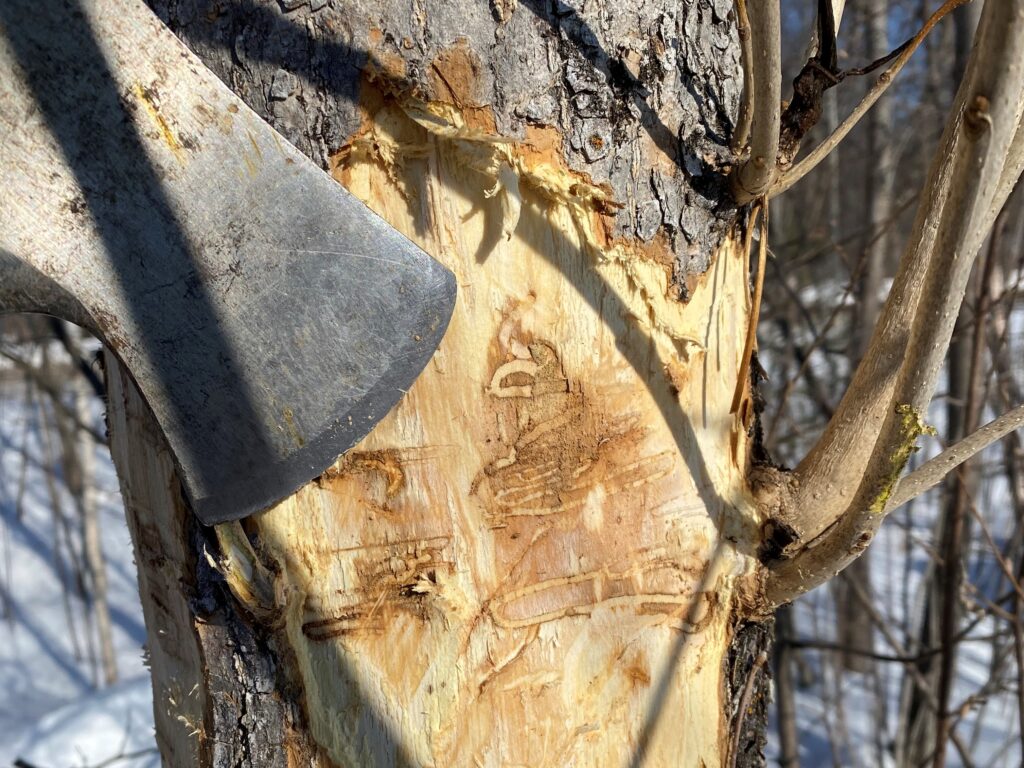
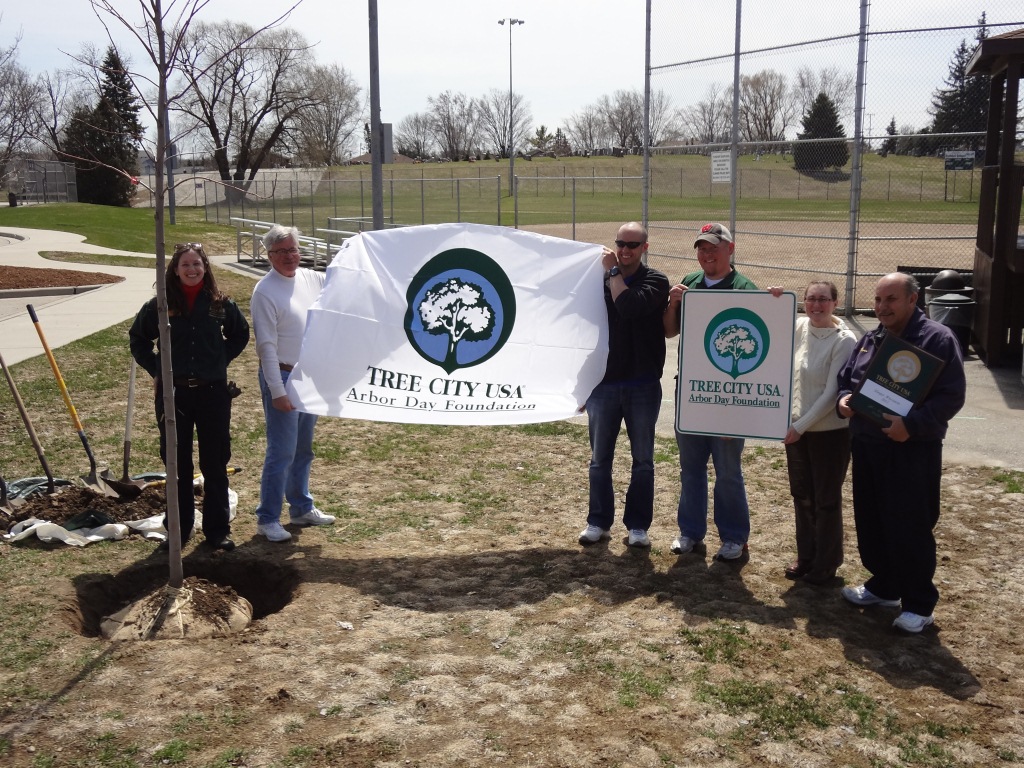 An Arbor Day celebration and proclamation will be required in 2022 to earn or maintain Tree City USA designation. An Arbor Day celebration will also be required to earn or maintain Tree Campus Higher Education and Tree Line USA recognition.
An Arbor Day celebration and proclamation will be required in 2022 to earn or maintain Tree City USA designation. An Arbor Day celebration will also be required to earn or maintain Tree Campus Higher Education and Tree Line USA recognition. The purpose of the Wisconsin Urban Forestry Council is to advise the state forester, currently Heather Berklund, and the Wisconsin Department of Natural Resources (DNR) on the best ways to preserve, protect, expand and improve Wisconsin’s urban and community forest resources.
The purpose of the Wisconsin Urban Forestry Council is to advise the state forester, currently Heather Berklund, and the Wisconsin Department of Natural Resources (DNR) on the best ways to preserve, protect, expand and improve Wisconsin’s urban and community forest resources.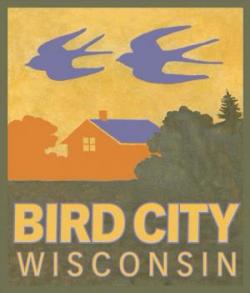 Act fast to keep your Tree City, Bird City and Bee City status! Due dates are as follows:
Act fast to keep your Tree City, Bird City and Bee City status! Due dates are as follows: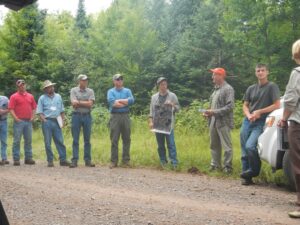
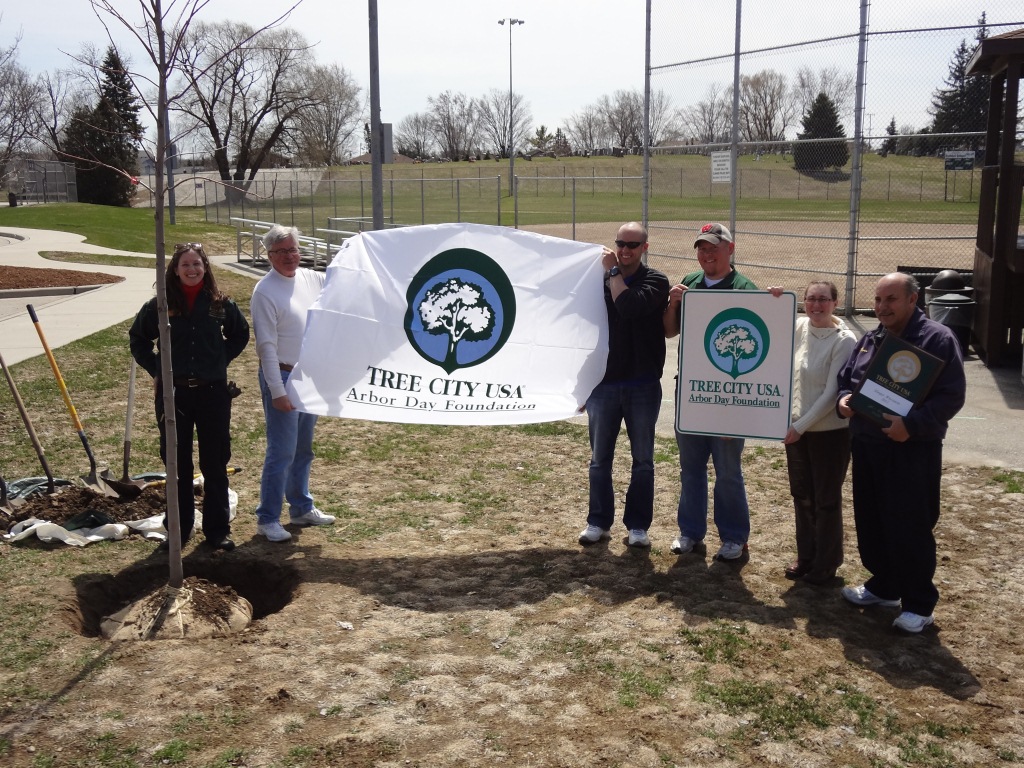 Did you know that Wisconsin had 201 Tree City USAs this year? It’s the first time we’ve crossed the 200 threshold!
Did you know that Wisconsin had 201 Tree City USAs this year? It’s the first time we’ve crossed the 200 threshold!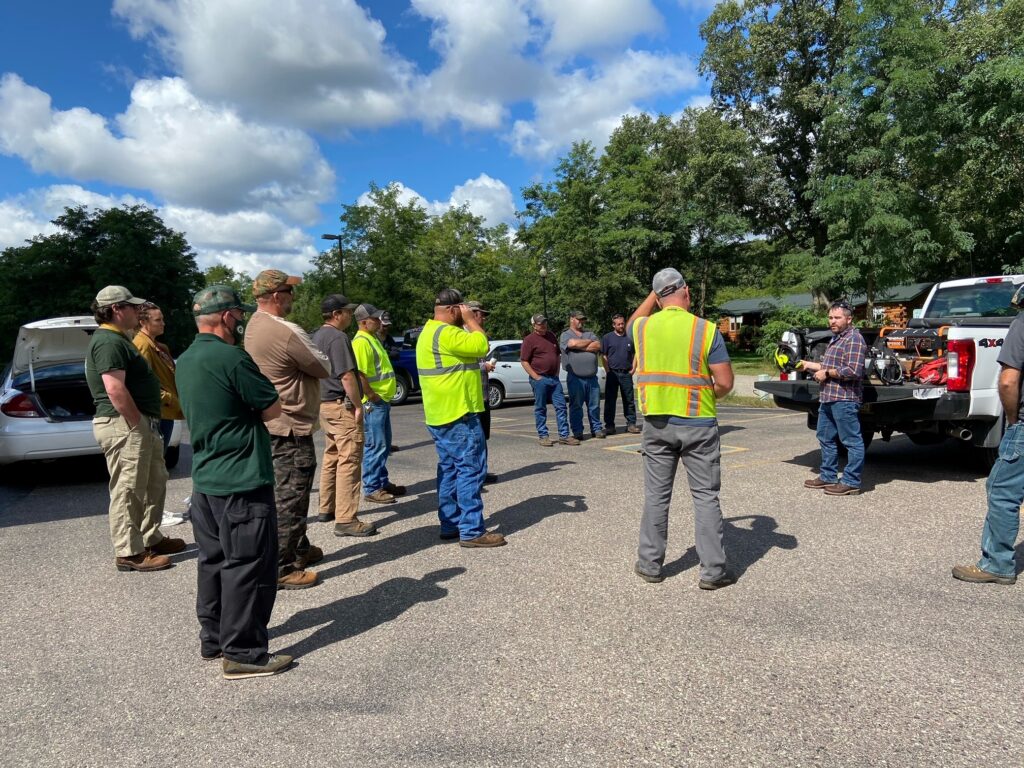 Part of our mission at the Wisconsin Department of Natural Resources (DNR) is to bring community foresters together to learn from one another and to provide training opportunities. Recently, one village administrator took it upon himself to do just that within his county.
Part of our mission at the Wisconsin Department of Natural Resources (DNR) is to bring community foresters together to learn from one another and to provide training opportunities. Recently, one village administrator took it upon himself to do just that within his county.